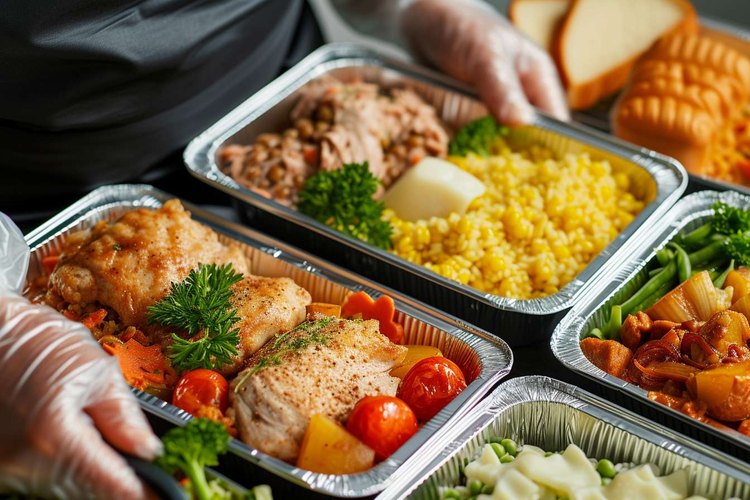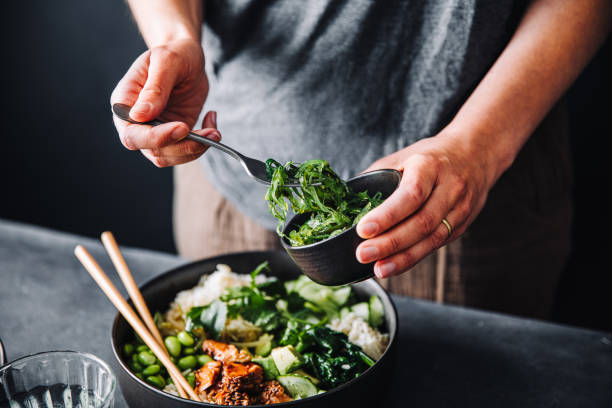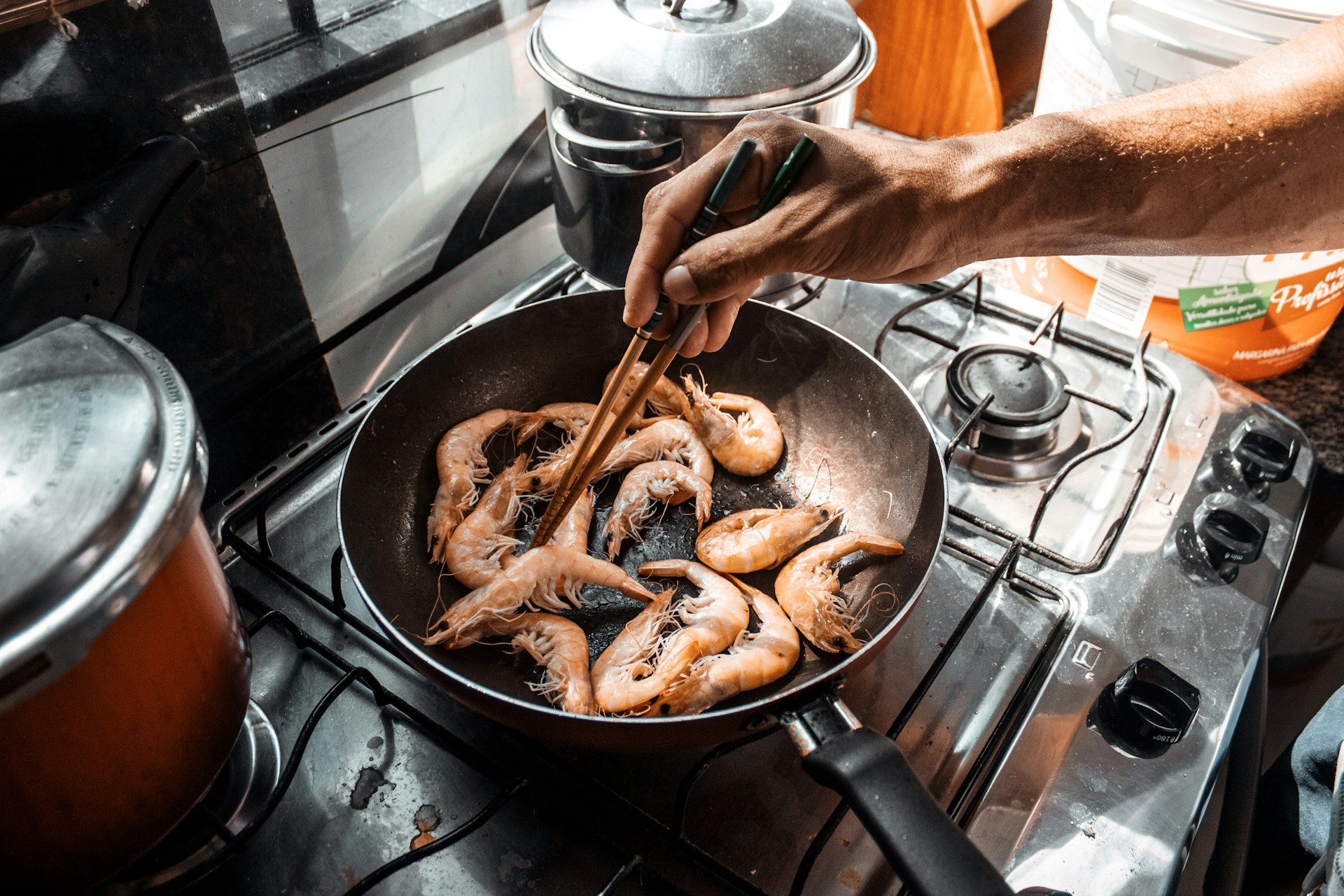Practical low-carb meal planning strategies for global lifestyles
Practical low-carb meal planning adapts to different kitchens, time zones, and cultural foodways while maintaining a high-fat focus that can support ketosis for those pursuing metabolic changes. This overview covers tracking macros, meal prep approaches for breakfast, lunch, and dinner, sugar-free snack ideas, and portion control tips that fit international routines.

Practical low carb meal planning helps people manage food choices across varied schedules, regional ingredients, and household routines while emphasizing a high fat approach that can support ketosis for those pursuing metabolic goals. This article explains how to track macros, set up efficient meal prep for breakfast, lunch, and dinner, choose sugar free snacks, and apply simple portion control strategies that work whether you cook at home, use local services, or travel frequently.
This article is for informational purposes only and should not be considered medical advice. Please consult a qualified healthcare professional for personalized guidance and treatment.
How does low carb, high fat support ketosis?
A low carb, high fat pattern reduces available glucose and encourages the body to produce ketones as an alternate fuel source. Maintaining moderate protein and prioritizing healthy fats—olive oil, avocado, coconut, or clarified butter—helps sustain energy without overeating protein. Monitoring how you feel during fat adaptation, such as steadier energy or reduced carb cravings, provides practical feedback. Local cuisines can supply appropriate fat sources and low-glycemic vegetables that align with your eating plan while preserving cultural preferences and variety.
How to track macros and use portion control?
Tracking macros means setting targets for carbohydrates, protein, and fat that match your activity level and goals. Start with a reasonable macro split and adjust based on weight changes, energy, and lab values when available. Use simple portion control cues: a palm-sized portion for protein, a thumb-sized portion for dense fats, and a fist for vegetables. Many apps include global food databases, which makes logging local ingredients and recipes easier when you rely on markets or local services in your area.
Meal prep strategies and sugar free recipes for breakfast
Batch cooking and simple meal prep reduce morning decision fatigue and limit reliance on packaged breakfasts that often contain added sugars. Prepare frittatas, egg muffins, chia puddings made with unsweetened milk, or savory yogurt bowls topped with nuts and seeds. Keep sugar free flavor boosters—spices, citrus zest, and fresh herbs—on hand. Pack breakfasts for travel or long workdays and rotate recipes to maintain interest. Simple prep of proteins and chopped vegetables gives you portable options that fit busy international routines.
Lunch and dinner ideas with low glycemic impact
Design lunches and dinners around non-starchy vegetables, fatty proteins, and minimal-sugar sauces to lower glycemic load. Examples include grilled fish with sautéed leafy greens, cauliflower rice stir-fries, and salads featuring avocado, seeds, and olive oil. When eating out, ask about ingredients and preparation to avoid hidden sugars. Swap refined sides like bread or rice for vegetable alternatives or larger salad portions. Consistent attention to glycemic impact helps stabilize post-meal energy across different cuisines and dining settings.
Snacks and supporting fat adaptation between meals
Choose satisfying snacks that combine protein and healthy fats to support fat adaptation and reduce hunger between meals. Portable options include mixed nuts, cheese slices, boiled eggs, or nut butter with raw vegetables. Small plates like smoked fish rolls or mini salads with olive oil can bridge long days of travel or work. Adjust snack timing to your response—some people prefer intermittent fasting windows, while others perform better with scheduled snacks to maintain cognitive performance and mood when adapting to lower carbs.
Nutrition balance and international meal planning
Sustaining a balanced nutrition plan across regions requires flexibility: adapt recipes to local produce, seafood, and protein sources while keeping overall macros in mind. Work with local services and markets to source seasonal items and check labels on packaged goods for added sugars or high-glycemic ingredients. Rotating recipes and incorporating organ meats, fatty fish, and diverse vegetables helps cover micronutrient needs. A simple weekly template for meal prep supports consistency whether you cook daily or use meal delivery options in your area.
Conclusion Practical low carb meal planning for global lifestyles centers on consistent structure and flexibility: set macros that match your goals, use portion control cues, and develop meal prep habits that travel well. Prioritize whole foods, reduce added sugars, and select sugar free snacks and low-glycemic meals that align with local ingredients and routines. Over time, gradual fat adaptation and mindful tracking make this approach sustainable across cultures and schedules.




